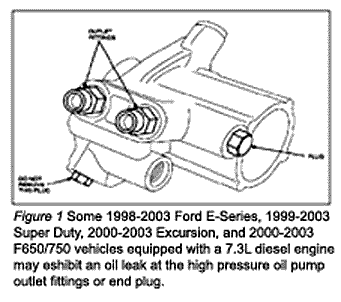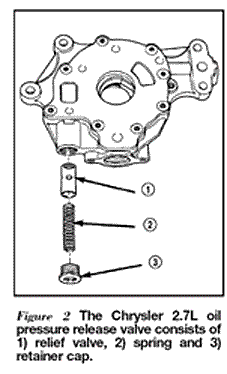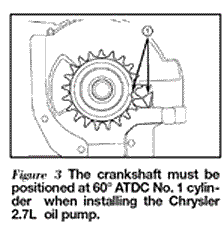Engine Builders: Pennzoil® reengineered its Pennzoil Platinum™ full synthetic motor oil and introduced adaptive molecules that are designed to survive the searing heat, intense pressures and shearing forces of today’s precision-made engine parts. The unique adaptive molecules in Pennzoil Platinum™ are engineered to manage the constant mechanical stresses inside an engine. They constantly change shape and separate as needed to help preserve the proper viscosity under intense heat, high shear stress and extreme pressures. The adaptive molecules have been developed to protect against specific engine stresses:
Heat: When Pennzoil Platinum™ senses severe heat, the adaptive molecules are designed to split apart to resist searing heat that can lead to viscosity breakdown, while still providing excellent protection. When the intense heat is gone, the molecules reform.
Shear: Mechanical shearing in the engine can tear oil molecules apart, causing permanent viscosity loss. The tight clearances found in the valve trains and piston ring assemblies can stress oil molecules to the breaking point. The adaptive molecules in Pennzoil Platinum™ are engineered to split into smaller pieces to slip through high-shear areas like these to minimize permanent viscosity loss.
Pressure: Extreme pressures in the engine can breakdown the protective layer of oil between moving parts. Engine parts such as cam lobes and bearings push against each other with enough pressure to crush motor oil that gets caught between them. When Pennzoil Platinum™ is exposed to these extreme pressures, its adaptive molecules cluster together, creating a cushion or barrier to absorb the impact, like microscopic shock absorbers.
In addition to its adaptive molecules, Pennzoil Platinum™ contains a unique additive formulation. This formulation provides superior protection against engine wear and deposit formation compared to conventional and synthetic blend motor oil, helping to reduce piston ring-sticking and metal on metal contact in the engine.
Pennzoil Platinum™ with adaptive molecules is available in a variety of viscosity grades: 5W-20, 5W-30, 5W-30 Euro and 10W-30. Pennzoil Platinum™ without adaptive molecule technology is available in the following viscosity grades: 5W-50, 15W-50, 5W-40 Euro and 0W-20.
Pennzoil Platinum™ meets demanding motor oil specifications such as (specifications met vary by viscosity grade; see product label for details): ILSAC GF-4, API SM, ACEA A1-02 and B1-02, ACEA A5-02, and B5-02, GM 4718M and GM 6094M, Honda HTO-06, DaimlerChrysler MS 6395L and MS 6395M, Ford WSS-M2C929-A and WSS-M2C930-A.
– Courtesy of Pennzoil
Engine Builders: Some 1998-2003 E-Series, 1999-2003 Super Duty, 2000-2003
Excursion, and 2000-2003 F650/750 vehicles equipped with a 7.3L diesel engine may exhibit an oil leak at the high pressure oil pump outlet fittings and/or end plug. The AERA Technical Committee offers the following information regarding these VIN F diesel engines.
This type of leak may appear to be a rear main crankshaft seal, oil pan gasket, or other engine oil leak due to the drain hole machined in the crankcase valley which allows any oil in the valley to run down the back of the engine. (see Figure 1).

High pressure oil pump leaks at the outlet fittings and/or end plug can be serviced without removing the pump assembly. Replace the 0-rings on the fillings and the end plug using kit 2C3Z-9G804-AA. All three 0-rings should be replaced. Apply liquid thread sealer (included in the kit) prior to reinstallation.
Note: Do not remove the bottom plug, it is sealed in a different manner.
Engine Builders: The AERA Technical Committee offers the following information regarding sudden loss of oil pressure on 1997-2005 Chrysler 2.7L VIN R, U & V engines. This loss of engine oil pressure has usually occurred shortly after replacement of the engine oil pump.

It has been reported that certain replacement oil pumps on the above mentioned engine use an expansion plug to secure the oil pressure relief valve within the pump cover. If the plug dislodges, a loss of oil pressure will result as oil will route back into the oil pan.
The original design pump incorporates a screw-in plug to secure the pressure relief valve as shown in Figure 2. No reports have been received of that style plug coming loose during regular engine operation.
This oil pump also relies on correct crankshaft location when installing to prevent engine damage. Refer to Figure 3 and observe the location marks while the number one cylinder piston is 60° after top dead center (ATDC).













